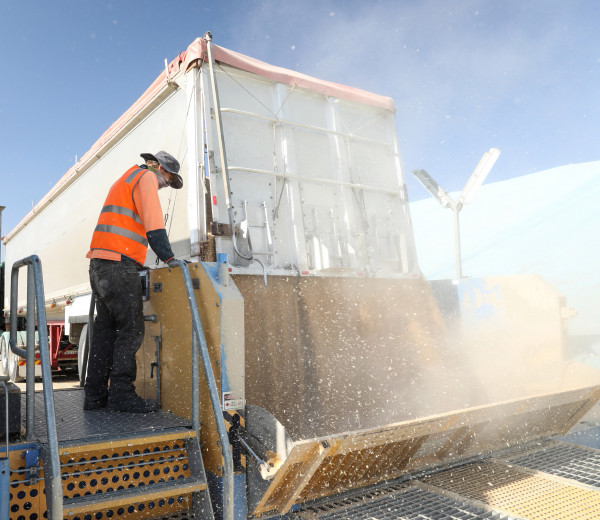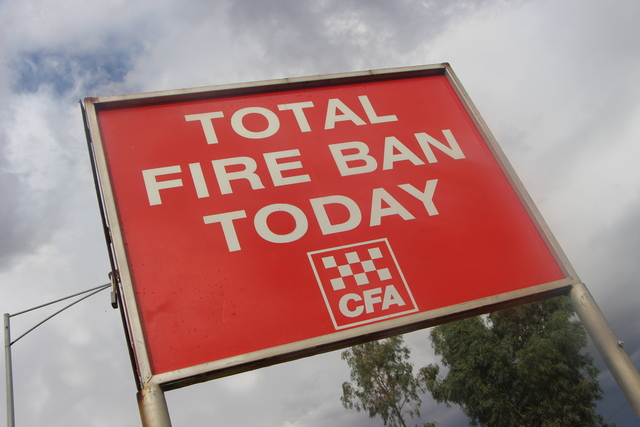VICTORIAN winter crop production – forecast to soar 15 per cent and a new record of 10.7 million tonnes in season 2022–23 – is on track.
This forecast incorporates current estimates of crop losses across northern and northwest Victoria due to flooding events following record October rainfall.
Record production is driven by record levels of area planted and yield across most cropping regions offsetting the impact of crop losses due to floods.
Although there are reports of crop losses across many parts of Victoria due to persistent waterlogging, it is unclear how severe and widespread these concerns are.
As a result, the full extent of crop lost in Victoria is uncertain, presenting further downside risk for this forecast.
GrainCorp says its network in the Swan Hill region – from Manangatang down to Boort – has already received more than 550,000 tonnes (and counting).
Up the road, the Mallee receival sites, stretching from Donald to Yelta, have already taken in more than one million tonnes.
ABARES says about 1.55 million hectares was planted to wheat, returning an average 3.46 tonnes per hectare for a total of 5.37 million tonnes – a 29 per cent production increase on the previous season.
Barley saw 850,000ha average 3.42 tonnes and a total of 2.9 million tonnes – an 8 per cent left in 2021-22 while canola’s 615,000ha averaged 2.28 tonnes and a projected total of 1.4 million tonnes (up 4 per cent).
A GrainCorp spokesperson said that although the receival sites had seen a “mix of quality” most have also described the overall standard as “pleasantly surprising given the challenges some growers have had with rain events and flooding”.
“We can’t really predict the future in terms of what is still to come through the gates, but the harvest activity was very delayed across the board due to the weather, so I reckon there’s a few more weeks to go still,” she said.
Up to November 29, Agriculture Victoria had estimated 176,501ha of field crops lost due to recent flooding events.
Current reports indicate losses are most heavily concentrated in regions including the Goulburn Broken and North Central.
For these regions, the areas most impacted are near the lower and middle reaches of river systems including the Avoca, Loddon, Goulburn, and Campaspe.
Winter crops yields are forecast to reach record levels, driven by the Mallee, which is estimated to account for more than 40 per cent of area planted to wheat and barley across the state.
Crops in this region are expected to yield approximately twice as much as last year due to the favourable start to the season and timely rainfall throughout the growing period.
Although recent hail impacted on crops in the Mallee, the extent of this damage is assessed to be localised and will not result in significant yield reductions for the state.
Crop losses are expected for lentils and faba beans due to the impact of prolonged wet weather – lentils have poor tolerance for prolonged waterlogging and crop loss is expected particularly for the Wimmera, which is a major lentil-growing region.
Wet conditions for faba beans have resulted in diseases, including chocolate spot, decreasing production.
Harvest activity is now underway in all regions in Victoria; however, the prospect of further rainfall will influence the progress of harvest and quality of grain harvested.







